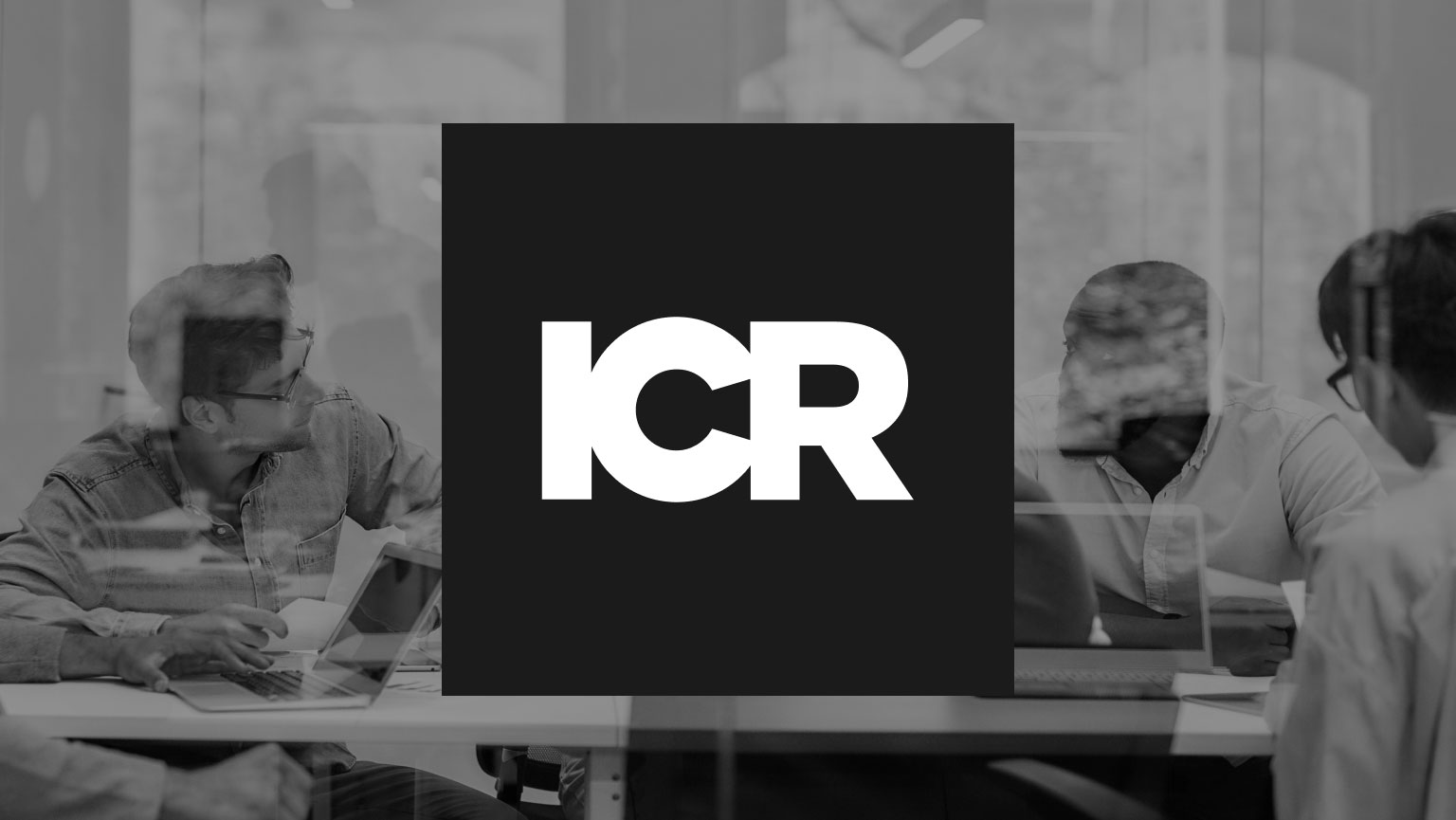Everyone knows that if you want to achieve something, you had better set a goal. However, very few Americans actually do or even know how to set financial goals. According to Schwab’s Modern Wealth Index, only 33% of people have some sort of written plan or goals.
What’s worse? The Financial Health Network finds that only 29% of Americans are financially healthy.
Mmmm… It doesn’t take high-level calculus to figure out that there is probably a correlation. You will do better financially if you have financial goals.
Financial Goals Help You Feel Better and Do Better
Financial goals and a plan will enable you to:
Stop worrying and feel more confident
The American Psychiatric Association reports that 70% of adults worry about money. Setting goals is proven to help reduce your financial stress and get you on track to the future you want.
The Schwab study found that people with a plan are at least 25% more likely to feel financially stable.
Avoid problems and generate wealth
The more you can get in front of your goals, the more problems you can avoid and the more wealth you can create. Setting goals and planning your finances enables you to get ahead on taxes, savings, and so much more.
And, when disaster strikes, you will better be able to weather the storm. In fact, people with an overall financial plan are 32% more likely to have an emergency fund.
People who set goals and have a written plan are:
- Almost 20% more likely to avoid problems with debt
- 31% more likely to consider risk tolerance when investing, setting themselves up for success
- 26% more likely to be aware of and avoid fees and investment costs
- 24% more likely to regularly re-balance
Make better decisions
Every financial decision you make impacts your money today and all the way through the rest of your life. By making those decisions in the context of your short- and long-term goals, you are more likely to be successful and happy.
There Are 4 Types of Financial Goals
While any financial goal setting is good, get even better results by setting goals in all of the following categories:
- Process-oriented financial goals
- Short-term financial goals
- Medium-term financial goals
- Long-term financial goals
Keep reading for to learn more about personal financial goals in all of these categories.
1. Process-Oriented Financial Goals
Process-oriented goals are about the “how” to achieve something, not about “what” you want to achieve. A process-oriented goal is a goal you set for how you want to go about achieving your goals.
So, setting process-oriented financial goals is a way to help you ensure success. It will help you build habits for wealth and security.
You can set process-oriented goals around the who, what, when, where, and why questions:
A. What and where: establish systems
What kinds of systems do you want to set up for tracking and managing your goals for savings, spending and earning? A spreadsheet? Notebook? A planning system like the Boldin Retirement Planner?
B. When: set time frames
How often do you want to check in on your key financial metrics? Some people reconcile their accounts daily, others monthly, some quarterly, or even bi-annually or annually.
The more often the better. Make financial planning a habit!
C. Who: get buy-in from your household
If you are single and without any kind of family, then your financial planning is simpler.
Everyone else, your planning needs buy in from everyone who is or might cost you something in the future.
Most importantly, you need to plan with your spouse. Here are 8 topics to tackle if you want to survive retirement with your spouse.
2. Short-Term Financial Goals
Short-term financial goals are things you can accomplish sometime between today – yes, you can get something crossed off the list today – and the next few months.
Here are 7 important short-term financial goals:
A. Build an emergency fund
Having an emergency fund – cash that is the equivalent of three months to a year of income – is key to your financial well being.
An emergency fund is critical to keep you from accumulating debt or having to make compromised decisions if things go wrong.
Learn more about how to create an emergency fund and why it is so important. Or, learn about the best (and worst) sources of emergency money.
B. Develop habits for monitoring and learning
The most actionable thing you can do to improve your financial prospects is to develop financial habits. Often this can mean setting aside an hour every week to devote to learning about money. Use this time to assess your budget, check your savings, and to learn about personal finance.
C. Set a goal to set goals: determine your near- and long-term financial needs and wants
Do you know how much you need to retire? What amount of money should you have in an emergency fund? How much will it cost to send kids to college, help fund your parents’ long term care needs, buy a home or second home, fund healthcare or pay for the vacation you really want?
Maybe none of that applies to you. You do want something in the future though.
It is really important that you know – right now – how much you are going to need to live the life you want to live.
Having a hard time visualizing your future wants and needs? Here are 7 ways to imagine the future you want to have.
Once you know what you want, the Boldin Retirement Planner can help you see the numbers you need to achieve and develop a comfortable plan for achieving your goals. Find out if you are on track and get loads of ideas for how to make better decisions.
D. Increase your savings rates if needed
Once you have determined your near- and long-term financial needs, you may learn that you need to save more. Set up a plan to increase your savings – perhaps gradually, over time. To make the goal setting achievable and meaningful, you will want to be specific and detailed. For example, you might say that you are going to save an additional $5 every day or try for $500 a month with 50% of that going to retirement and the balance for other savings goals.
Automate: Not sure how to save more? Automating savings is one of the best things you can do today to set you up for a better future. Automating savings (especially if you schedule increases to correspond with salary bumps) insures that savings will happen.
Want more tips for how you can save more? Here are 22 smart and easy ways to boost savings big!
E. Set up a monthly budget
Tracking how you spend your money is a critical component of financial well being. A budget will help you:
- Manage spending
- Reach goals
- Save money
- Reduce stress
- Give you a sense of control
A budget does not need to be elaborate, just write down how much you have earned and how much you have spent (and on what) and also, how much you have saved. Make sure your expenses (including savings) are below your income.
F. Develop an investment plan
It is NOT enough to save money. You need to have it invested efficiently and appropriately for your personal situation – age, risk profile, needs and time frame.
An investment plan is not about actively trading stocks. An investment plan is a thoughtful document that outlines your goals for your savings, strategies for achieving those objectives, a framework for making changes to your investment plan and options for what to do if things don’t go as expected.
An investment plan is one of the best short term financial goals you can have because it sets you up for long term success.
Learn more about creating an investment policy statement. Or, set up a free discovery session with a fee-only financial advisor to assess how they can help you set up investments that you can manage on your own.
G. Have debt? Set a plan for getting rid of it
Like setting a plan for saving more and investing strategically, you will also want to set goals for getting rid of debt – especially high interest credit card or student loan debt. Here is how to pay off debt: 12 ways to reduce this expense for long term prosperity.
We also strongly recommend that you document your debts in the Boldin Retirement Planner and run scenarios for accelerating debt pay off. See what happens to your lifetime wealth and security. This exercise can be powerful, fun and very motivating.
3. Medium-Term Financial Goals
Medium-term financial goals might take you the next five years – or less – to achieve, depending on what trade offs you are willing to make.
A. Boost your credit score
The credit rating agencies and other services can give you great tips for boosting your credit score. A good credit score can help you with advantageous terms on loans.
Your credit score is especially important if you will be purchasing property in the future. However, your credit score can also impact the interest you pay on credit cards and your insurance rates.
B. Create a long term tax plan
Creating a long term tax strategy can insure that you have a much more secure retirement and it can help you retain much more of your hard earned money.
The Boldin Retirement Planner enables you to see your potential tax burden in all future years and get ideas for minimizing this expense. It takes forethought, but strategizing Roth conversions, taxable income shifts and more can result in significant lifetime savings.
C. Think through how you want to spend your time
Over your life span, you will earn a finite amount of money. Similarly, you have a finite amount of time to spend.
When thinking about financial goals, how you want to spend your time is critically important. Do you want to:
- Work harder to boost your income to get ahead so you can save more now?
- Get a second job so that you have an even better chance of achieving an early retirement?
- Enjoy life now, but work a little longer (maybe no big deal if you really enjoy your job)?
- Scale back spending dramatically to sock away as much savings as possible?
Your income, what you spend and what you save are all related to both your financial as well as your lifestyle choices.
D. Get rid of debt
If you set a short term goal for creating a plan to get rid of debt, your medium term goal is to have the debt gone from your life.
Debt is a huge threat to your financial well being. Having debt for things that give you utility – a mortgage or car (especially at a low interest rate) – is acceptable. However, credit card and other kinds of high interest debt can be akin to setting your money on fire.
E. Retire early!
Yep. It is entirely possible to set a plan for retiring in the medium-term – no matter your age.
Retiring Young: You might want to learn about Financial Independence, Retire Early (FIRE). FIRE is basically about making some significant lifestyle choices immediately to try to amass a large amount of savings that will free you from having to work. Adherents of FIRE are retiring in their 20s and 30s! Learn more about FIRE.
Retiring from Mid Age to before 65: About half of Americans retire early – usually by 61, but many people stop working in their 50s. And, with a plan, you can achieve this goal. Here are some resources to help with your planning:
4. Long-Term Financial Goals
There are two key long term financial goals:
A. Achieve retirement or financial independence
You can retire when you have saved enough money and secured enough income to last for the rest of your life – no matter how long that turns out to be.
However, as you transition to retirement, you will still have goals and metrics to achieve. You want to:
- Create a retirement drawdown plan for your assets – instead of figuring out how to save, you now need to determine the most efficient way to spend
- Your investment plan may evolve
- Taxes, medical costs, a plan for long term care and lots of plans B, C, and D – for anything that might not go as expected – are all really important for a secure future
- You need a retirement income plan – and ideally find ways to guarantee that income for both your and your spouse’s lifetime
- And, so much more…
B. Leave an estate to heirs
In addition to retirement, the other truly long term goal that many people have is leaving something for heirs – either money or, in many cases, your home.
Use the Boldin Retirement Planner to track and manage your short, medium and long term goals, including being able to see what kind of estate you might be able to leave behind.
Publisher: Source link










